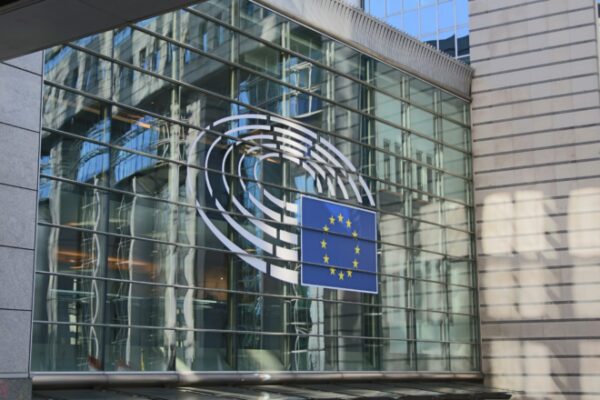
The EU’s new Common Agricultural Policy: What does it means for Sicilian olive growers?
Environment, climate, targeted supports, and flexibility. The new Common Agricultural Policy (CAP) of the European Union (EU) was adopted last
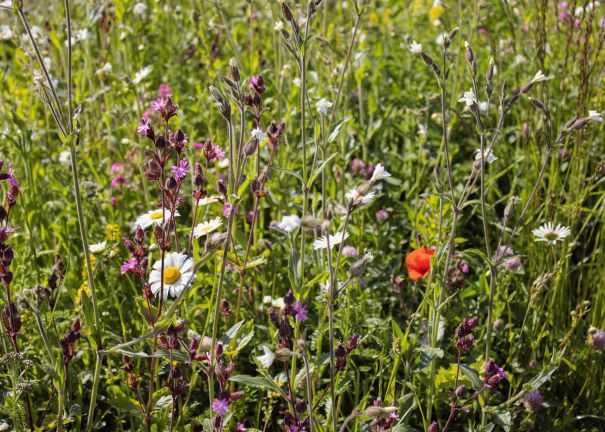
The idea of a regenerative food system has been around for quite some time. In simple terms, it is working in harmony with nature as opposed to against it. It is understanding how interconnected nature is and how in turn, our own health is as well. Unlike sustainability, which literally means, to sustain; a regenerative approach is to create a system that aims to create a net-positive impact on a continual basis. We seek to actively regenerate the environment and ecosystems that have been destroyed or devastated by industrial agriculture. Once this has been achieved, the system will continue to regenerate, providing a truly beneficial impact that ensures every generation can thrive.
There is not one path or a fixed recipe to make a food system regenerative nor has one been established as far as we know. To give you an idea where to find signs of a regenerative food system we offer some direction with our ever growing collection of vocabulary.
The term agroforestry describes land-use systems in which trees or shrubs are combined with crops and arable crops and/or livestock in an area to enable ecological and economic synergies between the different components. (5) Typically, all types of agroforestry involve deliberately used interactions between trees and arable crops or livestock. The natural diversity of resources and their dynamic systems are maintained here to increase social, economic, and ecological benefits for land users.
It was not 70 years ago that there were hundreds of varieties of cabbage, potatoes, cauliflower, and other nutrient-rich plants. Today, our vegetables are selected for appearance and shelf life. Only a few varieties remain: 94% of all vegetable seed varieties have been lost in the last century, including 99% of edible asparagus, 90% of peppers, 96% of corn varieties, 98% of celery varieties, 94% of onions, 94% of radishes, 91% of melons. This is not only sad but dangerous, especially in the age of climate change. (3, 4)
We are fascinated by Blue Zones. These are five regions of the world where a significantly more significant proportion of people live much longer than average. While this could well be a ‘false positive’, people in these Blue Zones share lifestyle characteristics that may contribute to their longevity, such as strong communities, strong social networks, and regular, low-intensity physical activity habits. We are specifically interested in their diet: they eat an impressive variety of fruits and vegetables in season, especially spinach, palm kale, turnip greens, Swiss chard, and other green leafy vegetables – largely pesticide-free and organically grown. They combine this with whole grains and legumes and eat very little meat. We cannot say that olive oil is the only healthy vegetable oil, but it is most commonly used in the blue zones.
Under current management, agriculture remains one of the main contributors to global carbon emissions. In the EU, agriculture is the second-largest emitter by sector. At the same time, it is the only economic sector that has the potential to transform from a net carbon emitter to a net carbon sink by adopting practices commonly referred to as carbon farming. Carbon farming is a broad range of agricultural practices that help remove carbon dioxide from the atmosphere and store it in soil, microorganisms, and plant material. Many of these practices are already found in organic farming, regenerative agriculture, permaculture, and other approaches to food production.
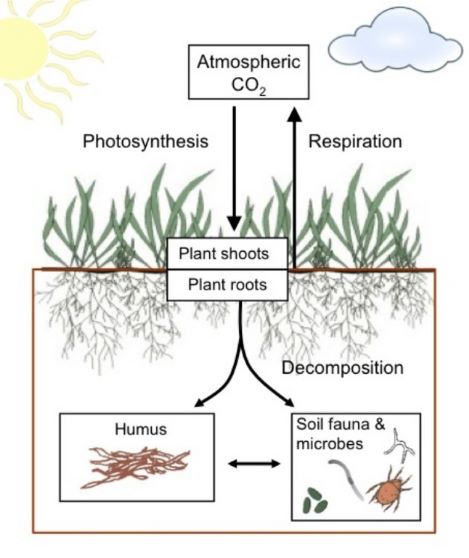
In a circular economy, material loops are closed. The goal is to retain as much value of the products, parts, and materials as possible. It is an economy designed to be restorative and innovative. (7) Thus, a circular food system is about closing food chains where waste and residual streams serve as raw materials. A circular food economy is characterized by:
The ideal food system should be equitable so that no one is left behind and so that those on whom our food systems depend – especially smallholder farmers – have the opportunity to achieve decent livelihoods and food security. This means we must work to eradicate poverty, ensure that our food systems continue to provide jobs for the 1.6 billion smallholder farmers who need fair employment. We should ensure that local communities retain control over the means of production, such as access to land, production subsidies, capital, and control over their intellectual and material relationships with their land and nature.

The EU has formulated a Farm to Fork strategy in its Green Deal: “The Farm to Fork strategy aims to accelerate our transition to a sustainable food system. A sustainable food system should
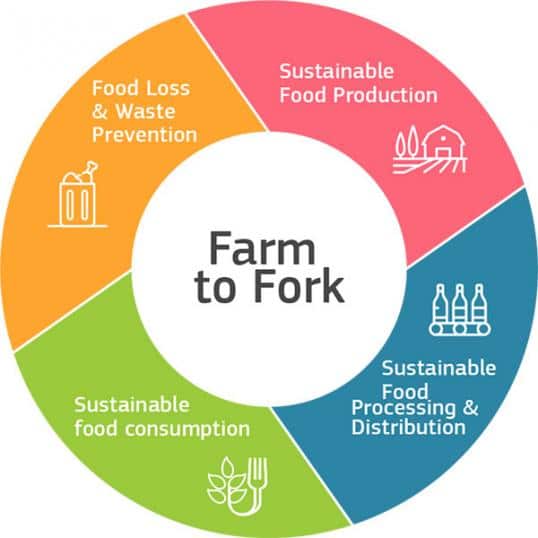
According to the FAO, about one-third of the food produced worldwide – around 1.3 billion tons – is lost or wasted every year. In industrialized countries, food is wasted mainly at later stages of the supply chain: supermarkets, restaurants, and households. This waste goes hand in hand with the waste of land, water, and all the resources used to produce, package, store, and transport food. We firmly believe that combating food waste gives food back the value it deserves.
The Green deal is a growth strategy created by the European Union (9). It exists of three main pillars. 1. By 2050 Europe will have a netto emission of greenhouse gasses of 0 and will therefore be the first continent to be climate neutral. 2. The ambition of economic growth without depletion of the resources. 3. No human or region will be forgotten in the process. The European Union makes regulations for every sector to achieve these goals, create new green job opportunities and to ensure a increased quality of life for its inhabitants.
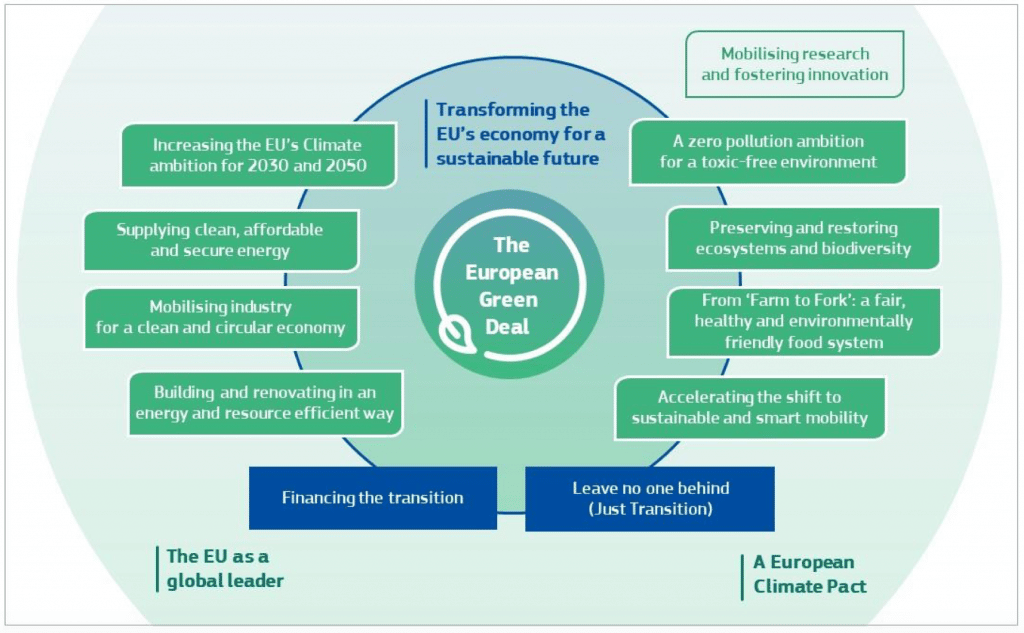
Source: European Commission. (2019). The Green New Deal.
Our food systems should provide for the health of all – people, animals, the environment, and the community. This means ensuring access to safe, nutritious, diverse, and affordable food for everyone now and in the future. It also means protecting everyone in the food system from hazards and pollution associated with production. Likewise, it means promoting the importance of food in instilling social, family, and cultural values.
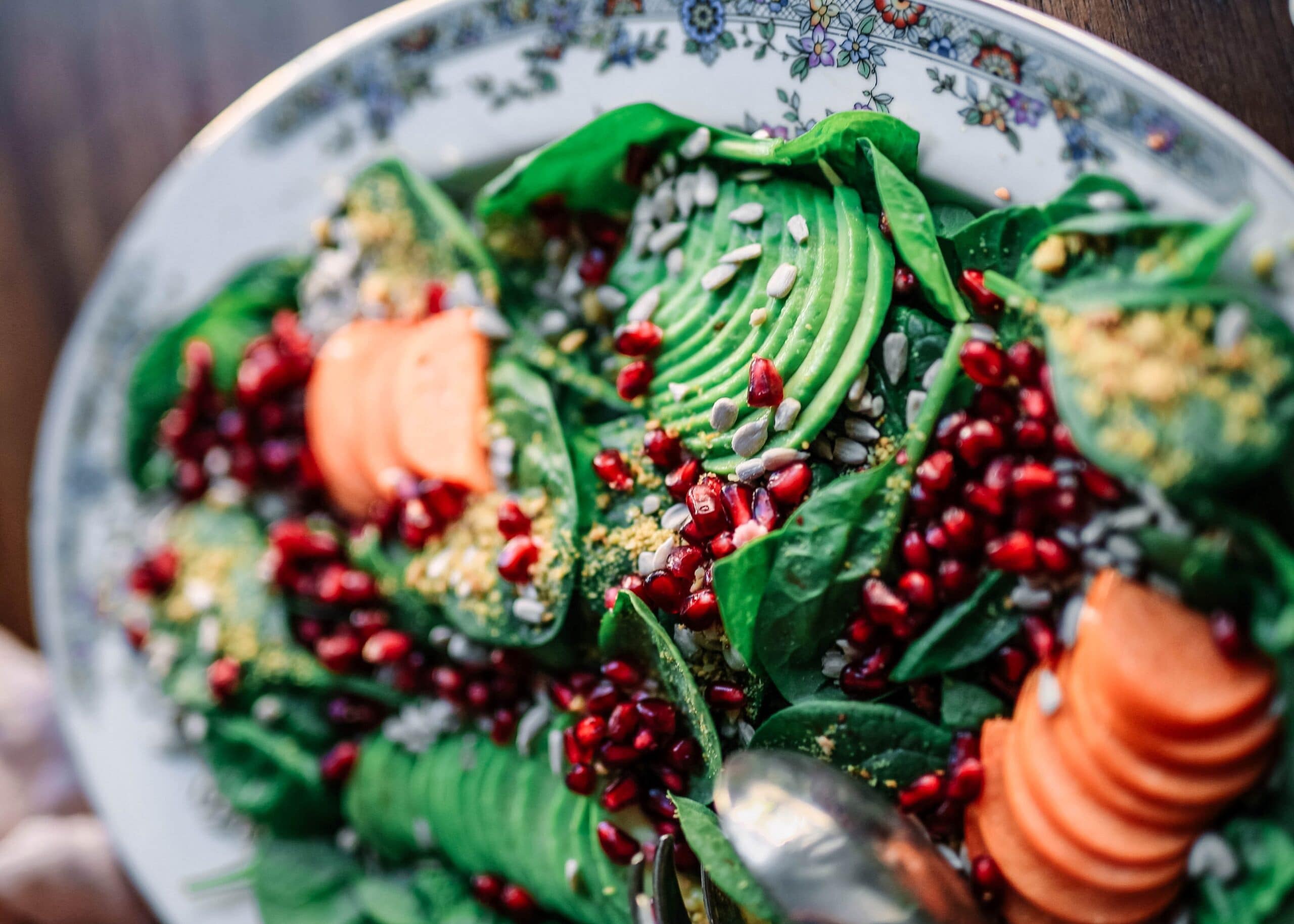
Source: La Via Campesina
Holism in agriculture is the idea that nature is more than just the sum of all the plants because all the indiviudal plants and animals form one whole. Everything is connected within an (eco)system. Holistic agriculture makes use of the natural processes of the crops and follows the idea that human involvement in the growing process should be kept to the minimum. The nature within the holistic farm can grow in a more natural way and can grow as it would in the wild. On holistic farm there is not just one crop being cultivated, there are several which support eachother in the growing process.
Our food systems should include all people who produce, process, and consume food in rural and urban areas, in poor and rich countries. This means that decision-making is democratic and that food producers and populations most affected by hunger and malnutrition are fully involved. Deliberations about the future of food should involve diverse interests and organizations transparently and authentically.
Suppose we want to make a real difference. In that case, we should understand the interdependencies within the food system and recognize the complexity of the dynamic network, including the interactions between the parts of the system. This means that we need to observe, understand, and interpret the effects of things that are interconnected. Thinking in terms of nation-states, sector silos, and narrowly defined issues is too limited to see the connections between the global and the local, the macro and the micro, and the relationships between global patterns and area-specific challenges.
The concept of permaculture was developed in the mid-1970s by two Australians, Bill Mollison and David Holmgren, and comes from the philosophy that humans should work with nature and not against it. Permaculture aims to reduce or replace energy-intensive and polluting industrial technologies by using biological resources and preserving natural ecosystems, especially in agriculture. Here, habitats are understood as systems in which the coexistence of humans, animals, and plants is in balance, and the systems function indefinitely.
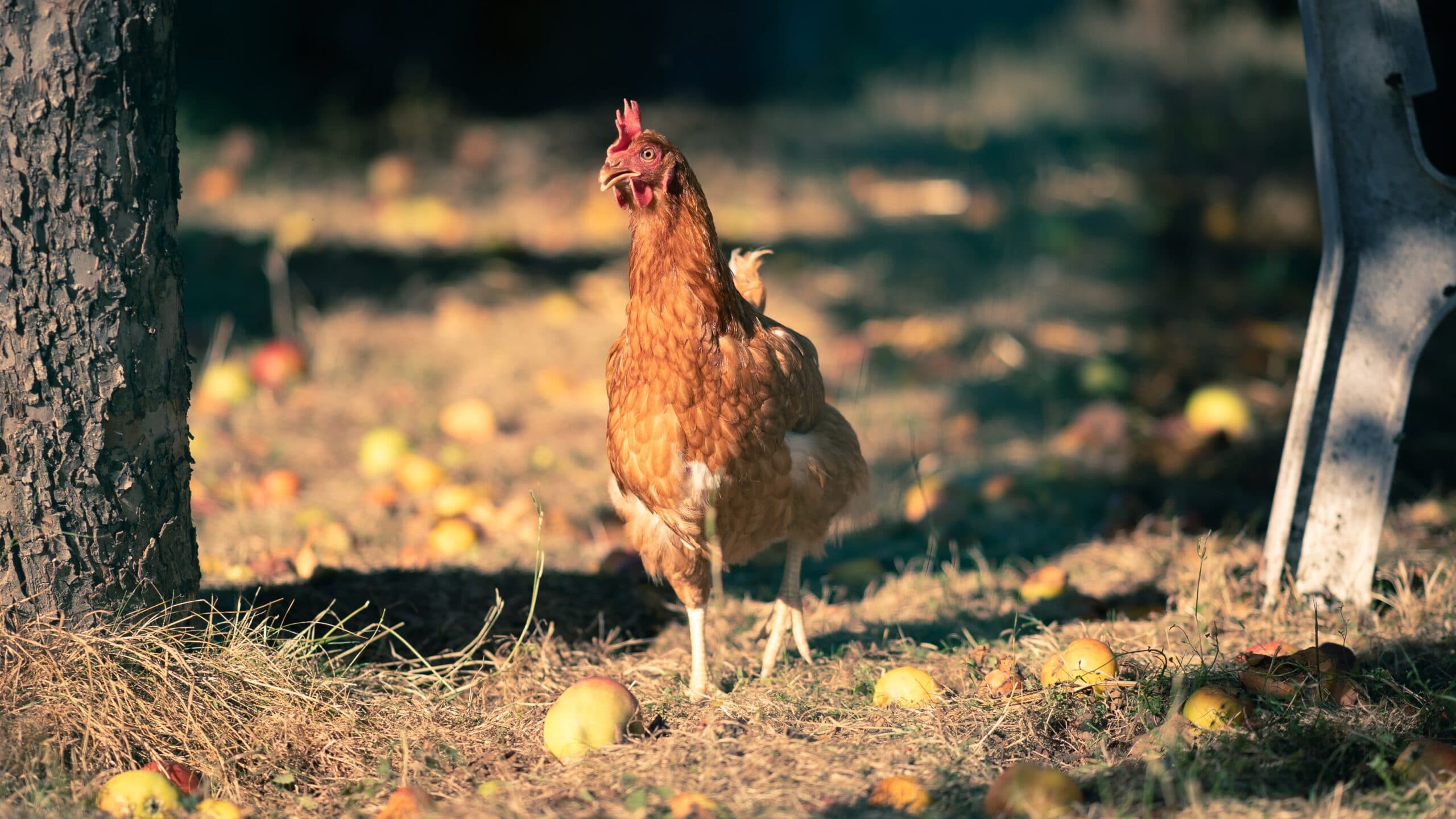
For the natural and social systems on which we depend and which have regenerated over millennia to continue to do so, our food system should be renewable. On the one hand, this means producing, processing, and consuming food of appropriate quality and quantity while protecting cultures, traditions, and local practices. On the other hand, it also means protecting the intrinsic value of natural resources such as land, soil, water, oceans, and biodiversity through conservation, restoration, regulation, and responsible management and use of seeds, livestock, pollination, and other natural resources.
Our food system should be resilient. It needs to be able to adapt to and mitigate the consequences of extreme weather, economic shocks, and social dislocation. Therefore, producing, processing, and consuming food of appropriate quality and quantity is part of a stable and sustainable system without contributing to increasing climate challenges. This includes intensifying soil microbial activity, restoring soil quality, increasing soil fertility, reducing dependence on fossil fuels, sustainably using locally available resources, and protecting agricultural biodiversity. It also includes resilient social systems and social capital that preserve values, traditions, experiences, knowledge, and agricultural structures so that future generations can use them.
One of the most popular cuisines globally, the secret of Italian cuisine lies in its local and, above all, seasonal ingredients. When you eat seasonally in Italy, you eat fresh ingredients at the peak of their flavor. This is how you experience the best of Italian cuisine. With this tradition, Italian cuisine is a model for a regenerative diet that avoids frozen and processed ingredients as much as possible. For Italians, eating seasonally is a way of life that borders on a sacred rite. Many would never think of nibbling on bruschetta with tomatoes in January or eating roasted porcini mushrooms in July. If you want to taste the heart and soul of what makes Italian food divine, you eat what is in season.
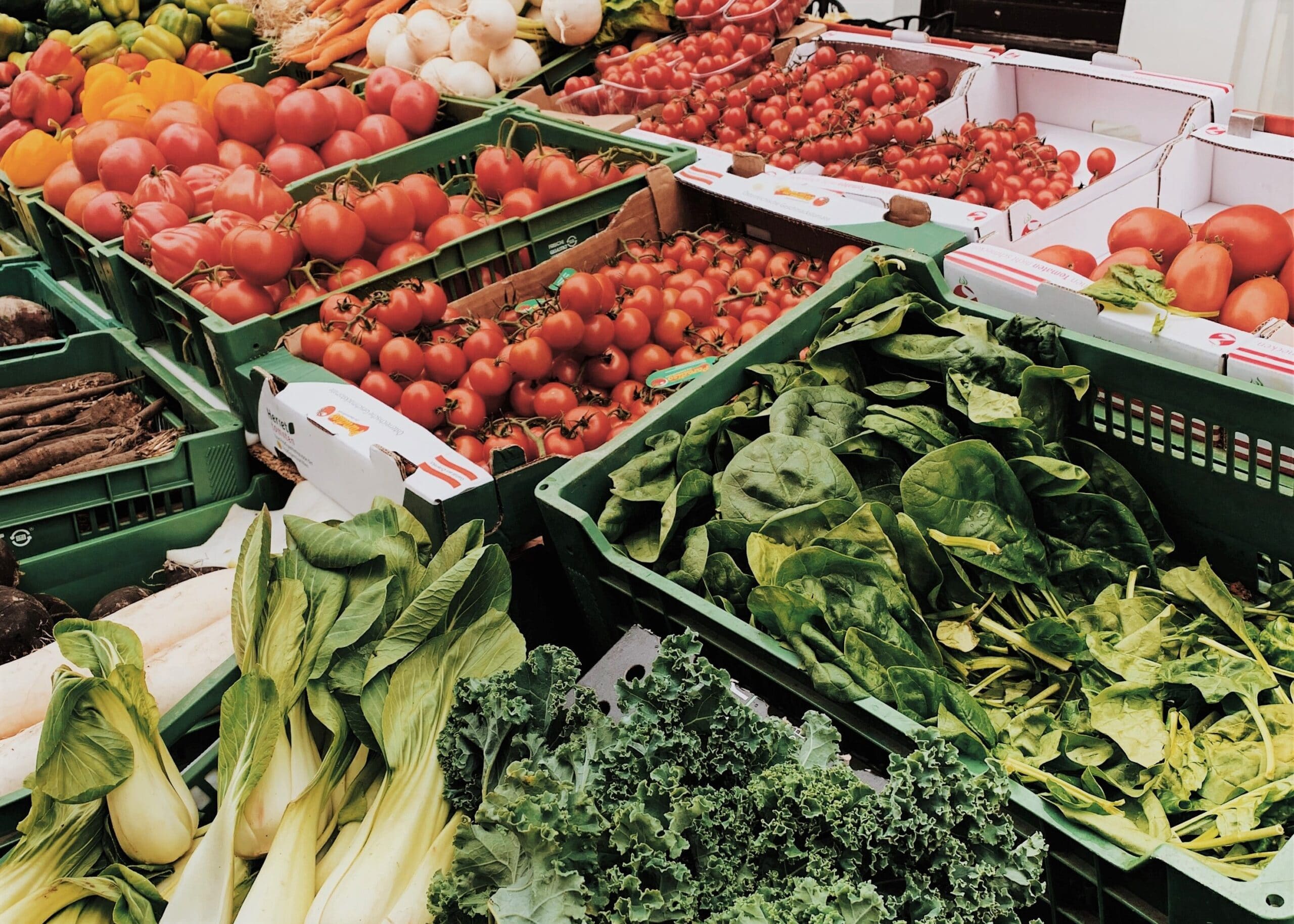
Slow food was established in the 80s by Carlo Petrini and a group activitist with the aim of preserving regional traditions, tasty food, gastronomical delight and a slow pace of life. Slow food is all about food that has been produced and prepared following local traditional traditions, often using regional ingredients of high quality.
Smallholders manage the land, its soil, and forests. Integrating smallholder farmers into the value chain is critical for sustainable land use and protecting forests and biodiversity. Smallholder farmers are the most sustainable option and the best hope we have for feeding a future population of 9 billion (and beyond). At the same time, they have the potential to redistribute wealth, secure livelihoods for some of the world’s most marginalized people, and ensure the continuation of traditional cultural ties to the land.
Flexitarianism is another word for “casual vegetarianism.” It describes a predominantly vegetarian diet in which meat consumption is reduced in exchange for alternative protein sources. It is an increasingly popular diet designed to reduce carbon footprint and improve health.
Soil is a living and life-giving natural resource. More and more farmers are working according to soil health principles and using systems such as no-till, cover cropping, and diverse crop rotations to increase soil organic matter and improve microbial activity. This sequesters more carbon in the soil and increases water infiltration. At the same time, it improves habitat for wildlife and pollinators – all while improving crop yields.
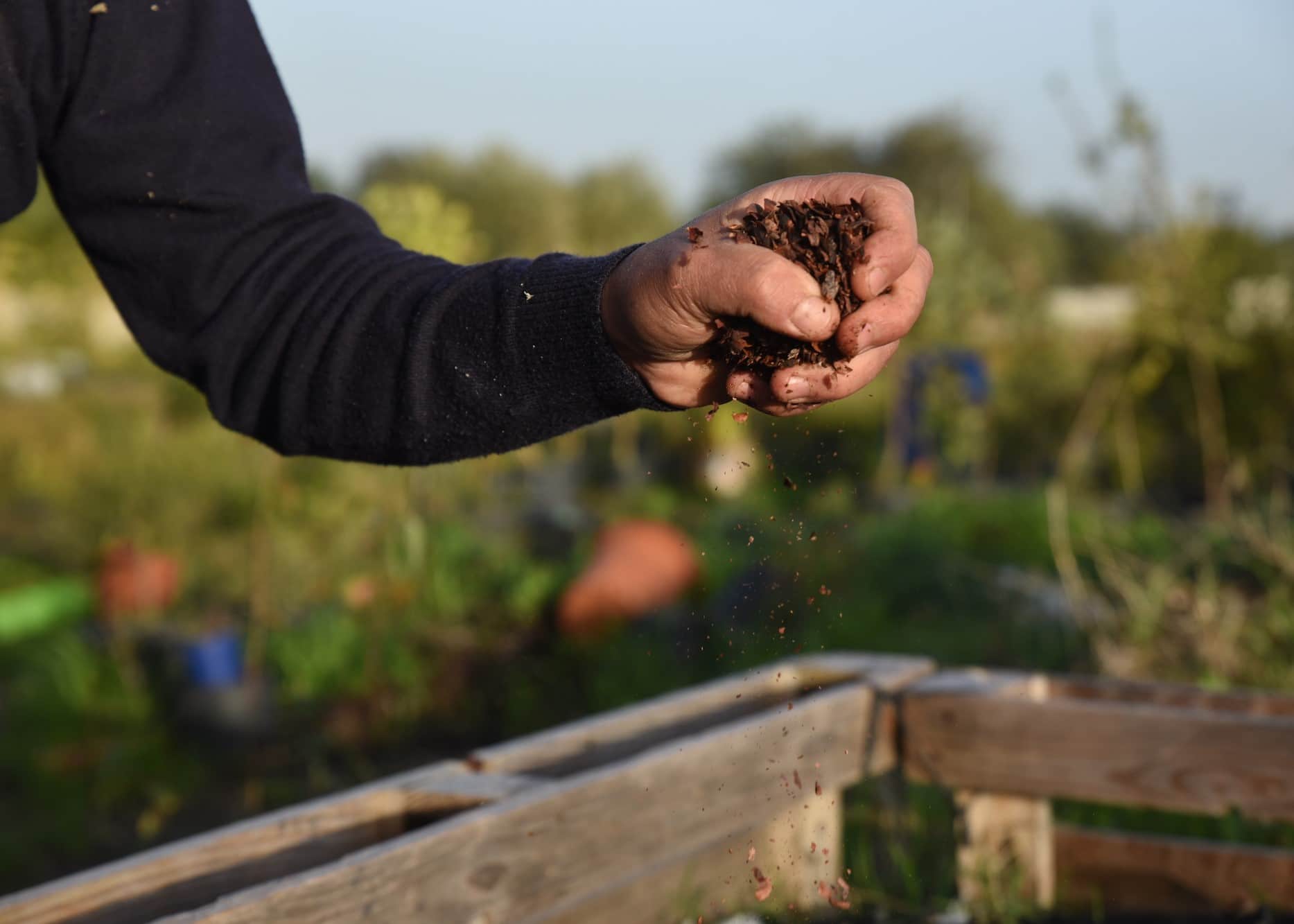
Systems thinking is a holistic approach to analysis that focuses on how individual components are interrelated and how systems function over time and in the context of larger systems. It encourages us to examine interrelationships (context and connections), perspectives (each actor has its perception of the situation), and boundaries (agreement on scope, scale, and what might constitute improvement). The systems thinking approach contrasts with traditional analysis, where systems are broken down into individual elements. According to systems thinking, the behavior of a system results from the effects of reinforcing and balancing processes. A reinforcing process results in the augmentation of a system component. If a balancing process does not control the amplifying process, it eventually leads to collapse. A balancing process aims to maintain equilibrium in a given system. Paying attention to feedback is an essential part of systems thinking. Systems thinking is particularly useful when addressing complex problems, such as climate change. A single actor cannot solve these problems, just as a complex system cannot be fully understood from only one perspective. Moreover, because complex adaptive systems are constantly evolving, systems thinking focuses on organizational and social learning.
“The Negative (side) effects of food production or consumption are not automatically factored into the end price of a product. Think of the damage to health, animal welfare, or social and environmental conditions. Economists refer to such a negative (side) effect as an externality. CO2 emissions are one example: Without a tax or a cap, they could rise indefinitely, to the detriment of future generations affected by climate change. Companies can also decide to calculate the externalities of their production – this is called “”true pricing”” – and take action to reduce or offset them. Today, this often happens only when government regulators enforce it.“
If you have an entry or idea to add to this collection please share it with us via email [email protected].
Sources

Environment, climate, targeted supports, and flexibility. The new Common Agricultural Policy (CAP) of the European Union (EU) was adopted last

Since I have been using il circolo extra virgin olive oil, I have really come to appreciate how fresh olive

Into our 6th year of producing organic extra virgin olive oil, we at il circolo are becoming more and more

il circolo V.O.F.
Tacituslaan 7
3584AP Utrecht
Netherlands
[email protected]
tel: +31 (0)6 42254141
KvK/HRB: 74704257
BTW/MwSt: NL859998502B01
5 euro discount on your next purchase?
Sign up for our newsletter with tasty recipes and interesting background stories about il circolo olive oil and receive a discount code for yourself and your friends (displayed after email confirmation).
This website uses cookies so that we can provide you with the best user experience possible. Cookie information is stored in your browser and performs functions such as recognising you when you return to our website and helping our team to understand which sections of the website you find most interesting and useful.
Strictly Necessary Cookie should be enabled at all times so that we can save your preferences for cookie settings.
If you disable this cookie, we will not be able to save your preferences. This means that every time you visit this website you will need to enable or disable cookies again.